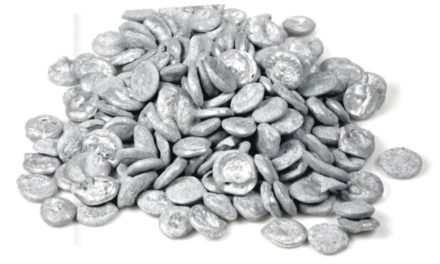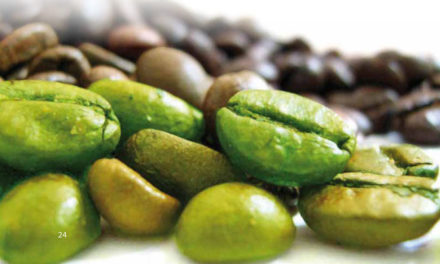Puccinia coronata f. sp. avenae: a threat to global oat production
E R I C S . N A Z A R E N O 1 , F E N G L I 1 , M A D E L E I N E S M I T H 2 , R O B E R T F . P A R K 3 , S H A H R Y A R F . K I A N I A N 4
A N D M E L A N I A F I G U E R O A 1 , 5 , *
1Department of Plant Pathology, University of Minnesota, St. Paul, MN 55108, USA
2Department of Plant Pathology, University of Minnesota-Northwest Research and Outreach Center, Crookston, MN 56716, USA
3Plant Breeding Institute, The University of Sydney, Narellan, NSW 2567, Australia
4Cereal Disease Laboratory, US Department of Agriculture-Agricultural Research Service, St. Paul, MN 55108, USA
5Stakman-Borlaug Center for Sustainable Plant Health, University of Minnesota, St. Paul, MN 55108, USA
SUMMARY
Puccinia coronata f. sp. avenae (Pca) causes crown rust disease in cultivated and wild oat (Avena spp.). The significant yield losses inflicted by this pathogen make crown rust the most devastating disease in the oat industry. Pca is a basidiomycete fungus with an obligate biotrophic lifestyle, and is classified as a typical macrocyclic and heteroecious fungus. The asexual phase in the life cycle of Pca occurs in oat, whereas the sexual phase takes place primarily in Rhamnus species as the alternative host. Epidemics of crown rust happens in areas with warm temperatures (20–25 8C) and high humidity. Infection by the pathogen leads to plant lodging and shrivelled grain of poor quality.
Disease symptoms: Infection of susceptible oat varieties gives rise to orange–yellow round to oblong uredinia (pustules) containing newly formed urediniospores. Pustules vary in size and can be larger than 5 mm in length. Infection occurs primarily on the surfaces of leaves, although occasional symptoms develop in the oat leaf sheaths and/or floral structures, such as awns. Symptoms in resistant oat varieties vary from flecks to small pustules, typically accompanied by chlorotic halos and/or necrosis. The pycnial and aecial stages are mostly present in the leaves of Rhamnus species, but occasionally symptoms can also be
observed in petioles, young stems and floral structures. Aecial structures display a characteristic hypertrophy and can differ in size, occasionally reaching more than 5 mm in diameter.
Taxonomy: Pca belongs to the kingdom Fungi, phylum Basidio-
mycota, class Pucciniomycetes, order Pucciniales and family
Pucciniaceae.
Host range: Puccinia coronata sensu lato can infect 290 species
of grass hosts. Pca is prevalent in all oat-growing regions and, compared with other cereal rusts, displays a broad telial host range. The most common grass hosts of Pca include cultivated hexaploid oat (Avena sativa) and wild relatives, such as bluejoint grass, perennial ryegrass and fescue. Alternative hosts include several species of Rhamnus, with R. cathartica (common buckthorn) as the most important alternative host in Europe and North America.
Control: Most crown rust management strategies involve the use of rust-resistant crop varieties and the application of fungicides. The attainment of the durability of resistance against Pca is difficult as it is a highly variable pathogen with a great propensity to overcome the genetic resistance of varieties. Thus, adult plant resistance is often exploited in oat breeding programmes to develop new crown rust-resistant varieties.
Keywords
avirulence factors, buckthorn, crown rust, fungicides, genetic resistance, oat.









